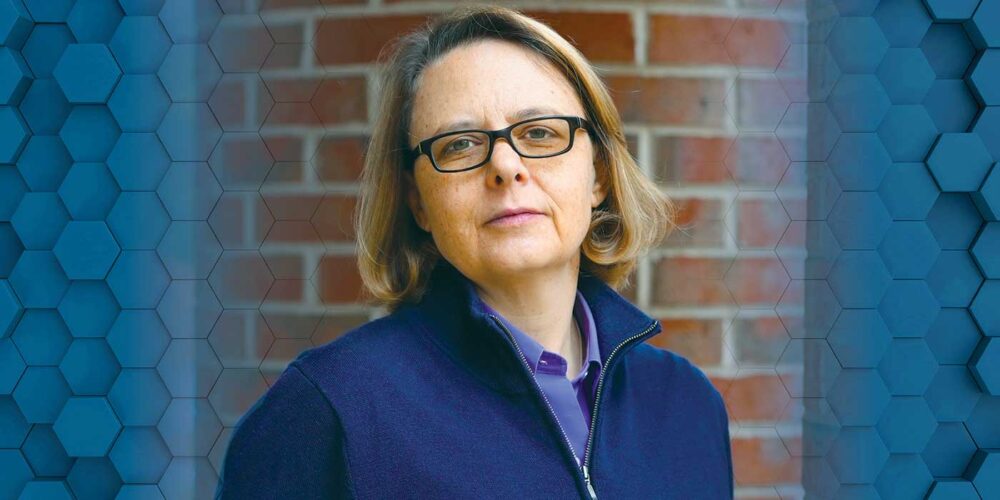The electronic logging device (ELD) mandate has been in effect for a few years now in the U.S. and continues to roll out in Canada based on varying provincial rules and timelines. It’s well known that the primary goal of the mandate is to regulate truck driver hours and require breaks to make the roadways safer.
Even before the mandate, many fleets were utilizing automatic on-board recording devices (AOBRDs) to monitor drivers’ hours of service and maximize operations, productivity and safety. In the late 90s, the first recording devices were designed as a result of lobbying efforts by the Insurance Institute for Highway Safety (IIHS). This history has helped make the adjustment to ELDs fairly seamless for most drivers and their support teams.
Driver view
While driver acceptance of ELDs continues to be somewhat mixed, both drivers and fleets are seeking simple, efficient and effective solutions. Younger drivers are often tech-savvy and expect innovative tools at their fingertips. They prefer electronic, automated processes that don’t require paper logs and are comfortable using apps on their smartphones.
Paper-based DVIRs, still used by many fleets, are a source of frustration for many drivers. This daily report covering on-the-road, delivery and equipment issues can be generated directly from an ELD. These reports can be customized and configured for each fleet’s needs and electronically shared with dispatchers, back-office administrators, HR/payroll managers, maintenance technicians and other team members.
Multiplying of devices
While paper trails still exist, it is becoming more common for carriers to use multiple devices throughout their fleet so drivers can automatically manage different tasks and functions, such as: proof of deliveries and barcode scanning; inventory and product management; speed levels; mileage; breaks; hours of service (HOS); engine and vehicle performance; and other compliance-related aspects of their shifts.
At times, using multiple devices may add complexity for drivers and back-office managers who coordinate and analyze HOS data in multiple portals. The implementation of a singular portal to consolidate all data into one easy-to-view application, regardless of which ELD products are being utilized, is where the industry is headed.
Beyond compliance
Additionally, when an ELD is paired with other solutions such as a video system, they not only help meet compliance requirements, but they can help keep accidents and litigation at bay, or at least make them easier to navigate from a legal perspective.
While research is still coming in about the operational and safety benefits of ELDs post-mandate, there is evidence of greater compliance with hours-of-service rules for both large and small fleets.
For many carriers, compliance has become table stakes since ELD solutions are readily available today with easy-to-use tracking and reporting functions. It’s best to look to solutions and experts who can help you find the right ELD solution for your fleet. With this support, you can keep your team focused on core areas of your business and growth opportunities without worrying about this aspect on a day-to-day basis.
Quinn Kelly is a senior product owner and Zach Bodensteiner is a product manager – both for Trimble Transportation.













